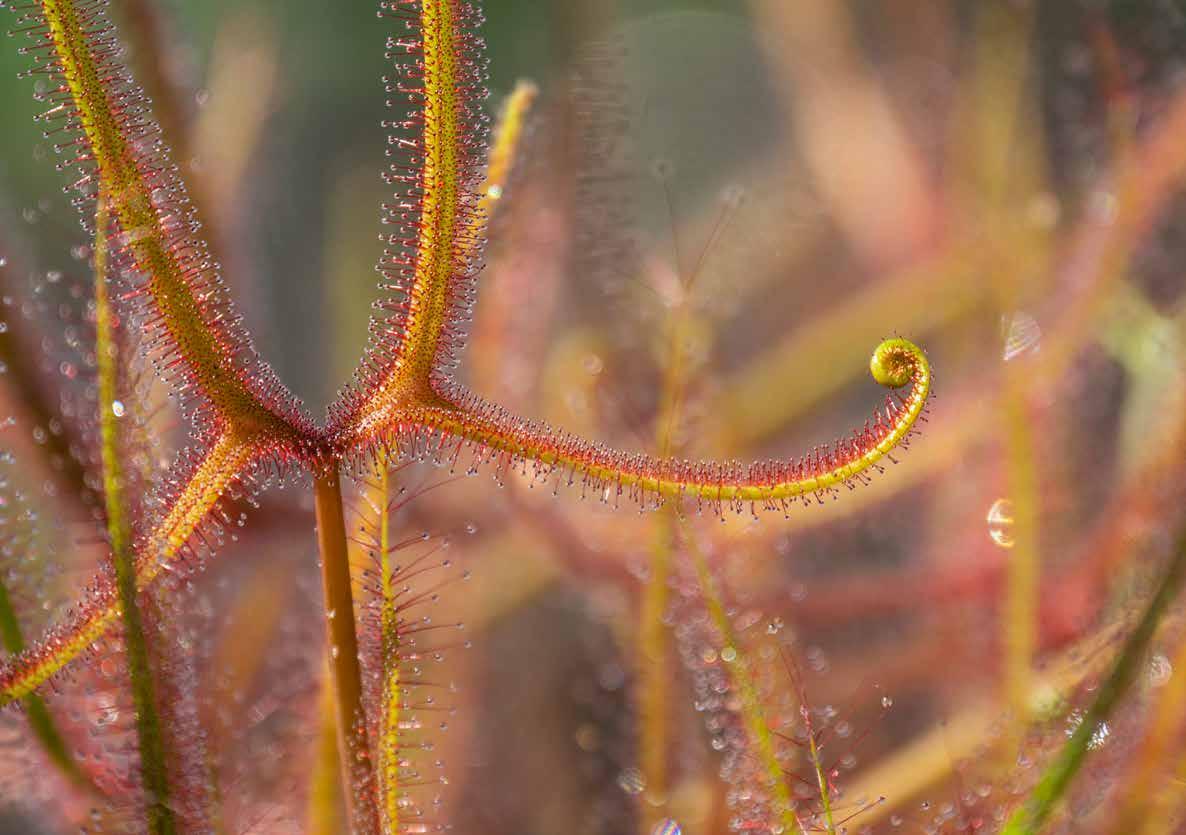
2 minute read
Collections and facilities
from About us 2021
Modern equipment and unique collections
Researchers at Leiden University have access to cutting-edge equipment and research facilities. These include instruments to interpret astronomy observations, conduct advanced metabolomics research and apply molecular-biological methods. Not only are our facilities of the highest quality, so too are our collections, which attract researchers from all over the world.
THE UNIVERSITY LIBRARY
Leiden University Libraries (UBL) curate an enormous archive that includes books, world maps, manuscripts, letters, photographs and drawings. Our libraries are a treasure trove of heritage sources for researchers, students and guests. Students and researchers can find here more than 5 million printed books, almost 1.5 million e-books and hundreds of databases, electronic reference works and digital text and image collections. Library users also have access to a growing number of electronic journals, from which they download in the region of 3.5 million articles every year. With over 25,000 paper and 90,000 digital acquisitions a year, the library’s book collection continues to expand at a rapid rate.
The UBL collections range from medieval prayer books to works on number theory and from old photographs to legal literature. They are an invaluable source of information for researchers and students across many different disciplines. The UBL’s Asian Library, on the top floor of the building, holds the world’s biggest collection on Indonesia. It also houses major collections, around 30 kilometres in length, of unique material on other countries in South and Southeast Asia, China, Japan and Korea, including prints, books, manuscripts, photos, maps and much more.
THE HORTUS BOTANICUS
Hidden behind the Academy Building on the Rapenburg canal is the oldest botanical garden in the Netherlands and one of the oldest in the world. Created in 1590 and extended in subsequent centuries, the Hortus botanicus is the green heart of Leiden. It is here that Carolus Clusius grew the first large collections of tulips in Europe, and it is also where Philipp Franz von Siebold cultivated some 700 previously unknown plants from Japan and China. Visitors, staff, researchers and students come to the Hortus botanicus for a relaxing walk, to admire the garden or to carry out research on the celebrated plant collections. Thousands of plants, including tropical orchids, ferns and carnivorous plants, are cultivated in the greenhouses of Leiden’s Hortus for the purposes of research. Researchers from Leiden and all over the world conduct research on plant diversity to ultimately arrive at an even better understanding of the genealogy of life. The Hortus also works together with other botanical gardens in the Netherlands to cultivate plants that are under threat of extinction.
DRUG DEVELOPMENT
With the aid of our NMR facility, researchers study the synthesis of molecules to learn more about the structure and dynamic of proteins. This knowledge will serve as the basis for a drug or for the development of vaccines. And the powerful electron microscope of the Netherlands Centre for Electron Nanoscopy (NeCEN) also aids drug development. Researchers use this to study molecular processes in cardiovascular diseases, infectious diseases and cancer.
Thousands of plants are grown for research in the greenhouses at Leiden’s Hortus botanicus.
Leiden University Libraries curate an enormous archive of books, world maps, manuscripts, letters, photographs, drawings and other objects.











